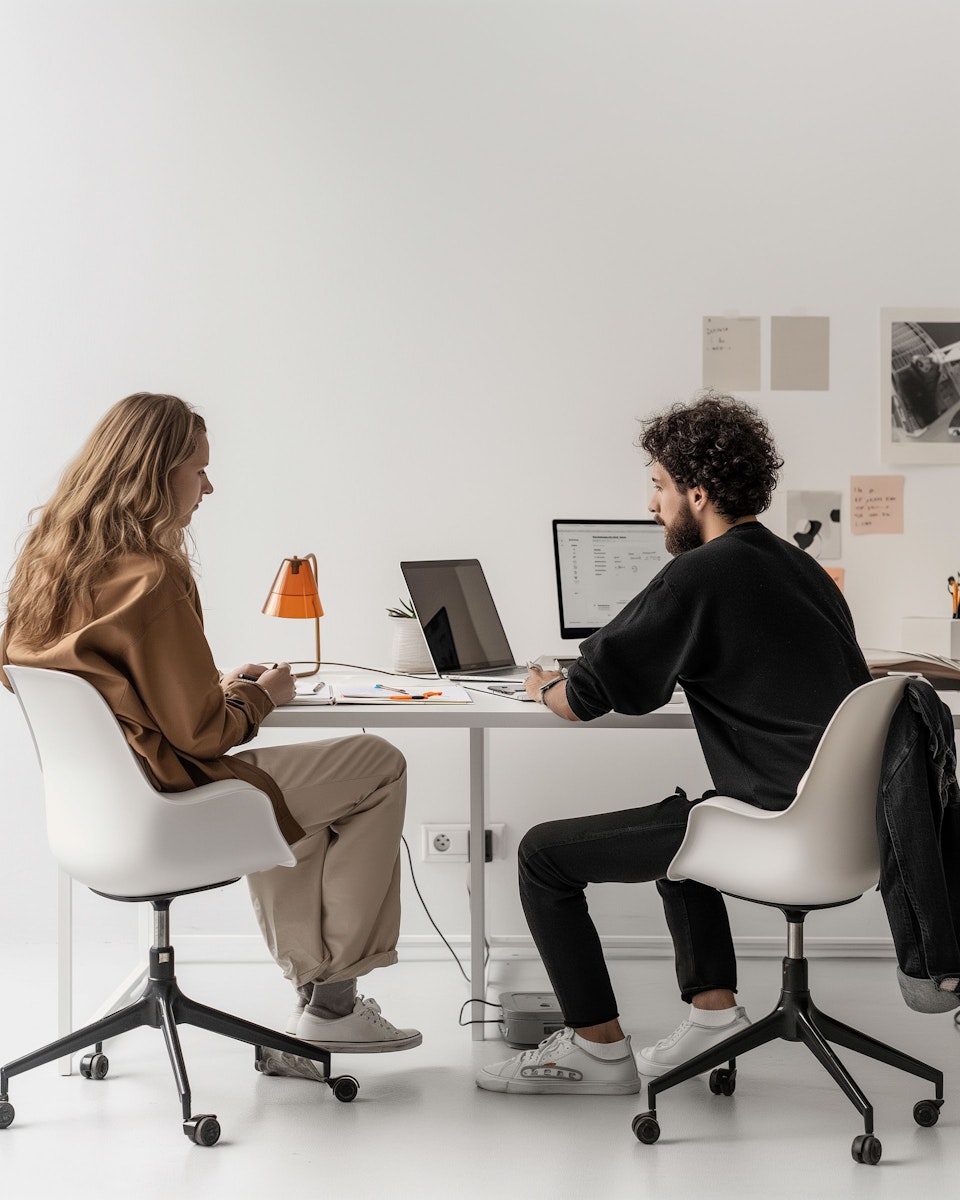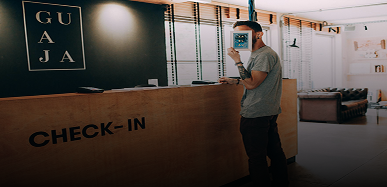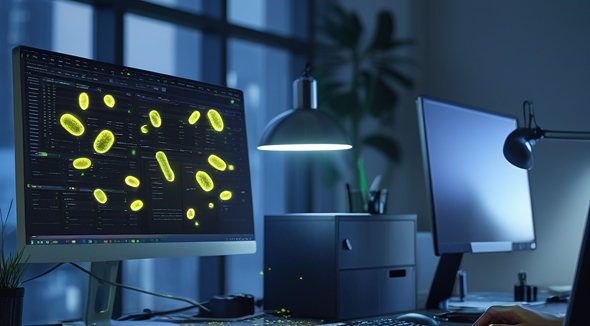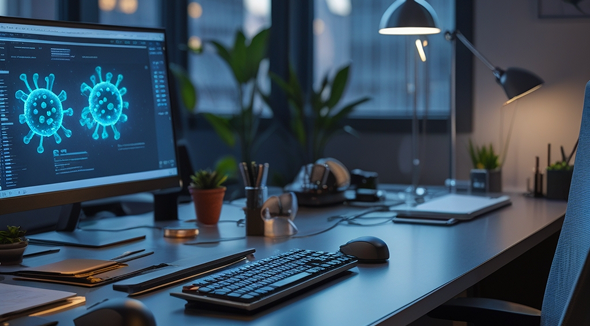
In today’s post-pandemic world, the conversation around workplace hygiene has evolved from a routine concern to a strategic priority. As organizations bring employees back into office environments, the need to maintain clean, safe, and germ-free spaces has become critical—not just to comply with health regulations, but to foster employee trust and well-being. Among the most effective advancements in this space are antimicrobial coatings, a proactive solution that helps reduce the spread of harmful pathogens on commonly touched surfaces.
1. The Problem: Germ Spread in Offices
The Hidden Risks of High-Touch Surfaces
From doorknobs to desks, modern offices are full of surfaces that harbor bacteria and viruses. Regular cleaning isn’t enough — pathogens can repopulate in hours.
2. What Are Antimicrobial Coatings?
More Than Just Cleaning
Antimicrobial coatings form a long-lasting protective barrier that actively eliminates microbes on surfaces. Unlike disinfectants, these coatings continue working even after application.
Key Benefits
- Destroys 99.9% of bacteria and viruses
- Reduces cross-contamination risk
- Safe for electronics and furniture
- Long-lasting protection (up to 6 months or more)
3. Office Use Cases
Where Coatings Make the Biggest Impact
High-traffic areas benefit most:





4. Health Benefits
Cleaner Offices, Healthier Teams
Antimicrobial coatings form a long-lasting protective barrier that actively eliminates microbes on surfaces. Unlike disinfectants, these coatings continue working even after application.
5. Real Results
Proven Impact That Goes Beyond the Surface


![eon_logo_original[1]-01](https://eoncoatings.com/wp-content/uploads/elementor/thumbs/eon_logo_original1-01-scaled-rdgkqmumhws82u2s6nmk4sy2vi9o92zu74fo8fgvqe.png)

